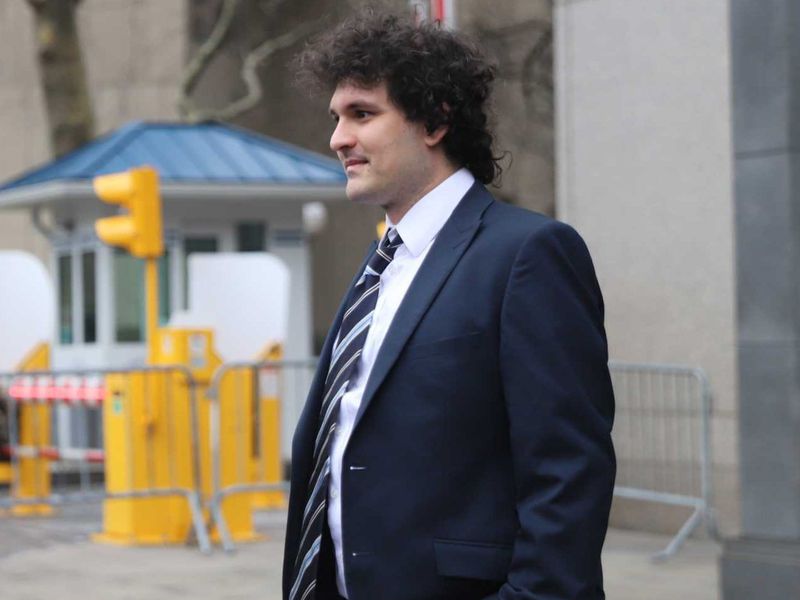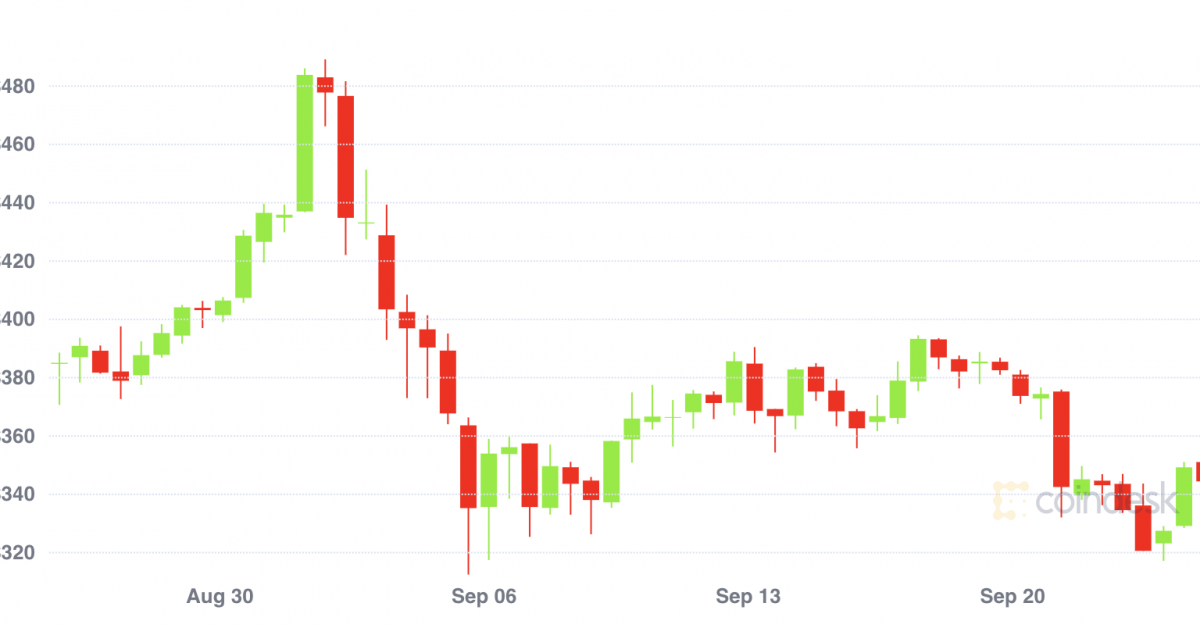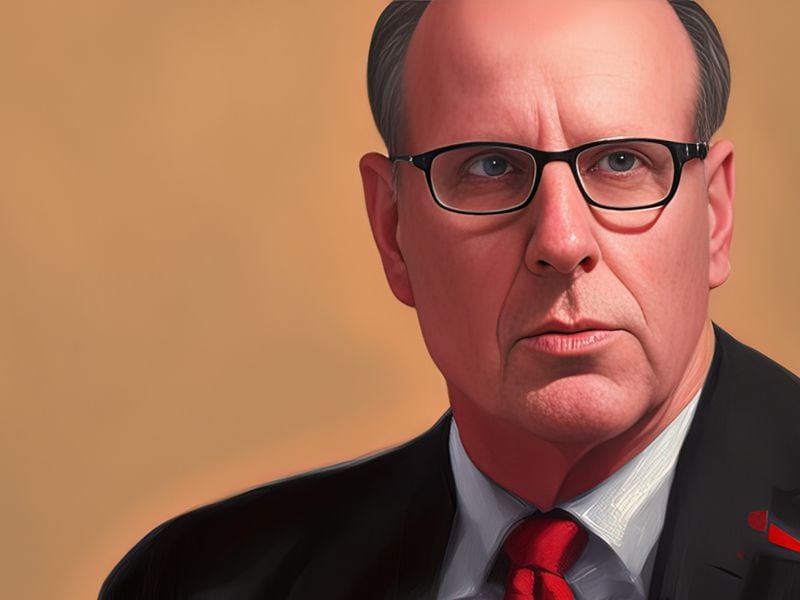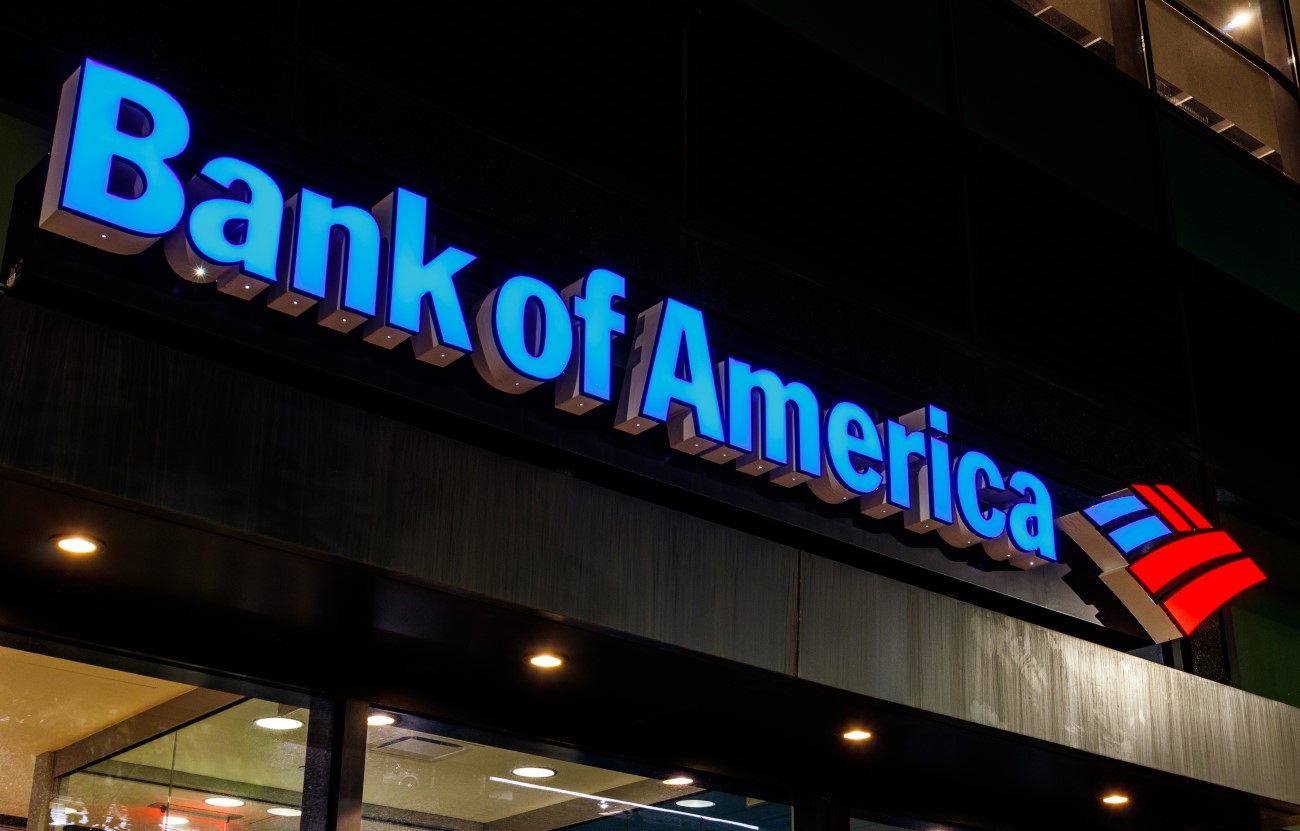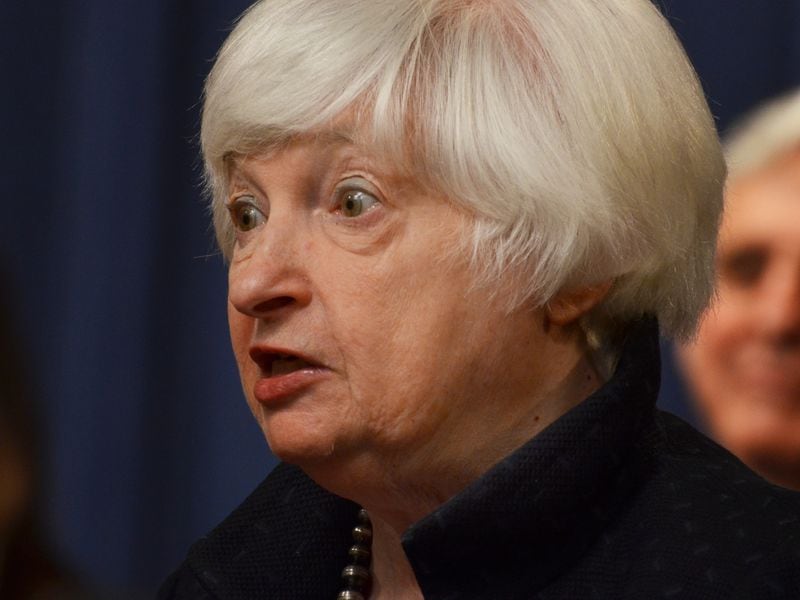Crypto Hedge Funds Will Shake Up the Industry: Crypto Long & Short
It appears there are several hundred crypto hedge funds. PricewaterhouseCoopers counted more than 300 in 2022. And I expect the tally will rise amid an influx of institutional money. That growth will represent the industry’s next catalyzing event.
Each of those hedge funds will have its own unique story. What follows is just one of them.
You’re reading Crypto Long & Short, our weekly newsletter featuring insights, news and analysis for the professional investor. Sign up here to get it in your inbox every Wednesday.
A perk of my CoinDesk job is being able to speak with capital allocators – enjoying some access to the tip of the spear, so to speak, of institutional investment within the crypto landscape. Last week, I met with Jonathan Man, chief investment officer at Valmar Capital, an emerging U.S. cryptocurrency hedge fund. The company focuses on uncorrelated returns while implementing a multi-strategy, absolute-return approach.
The total breadth of our conversation can’t be captured in one article, nor will the depth of crypto-fund mechanics. But I thought this was a good place to start, and what can I say? I like hedge funds. Here’s some of what I learned:
While much of the retail focus is on individual tokens, institutions may use a combination of strategies instead.
It’s probably hyperbole to say that retail investors are only focused on specific tokens. But you’re more likely to overhear a discussion about bitcoin (BTC), ether (ETH) or maybe uniswap (UNI) on a given day than talk of arbitrage, market making and/or trend-following strategies within crypto.
Who doesn’t want to be the person who finds the next token that zooms up 10-fold in six months (or six hours, for that matter)? It’s what headlines, fortunes (and lost fortunes) are often made of. But it’s not the type of risk that I expect institutional capital to take.
I realized this when simply inquiring about Valmar’s approach to asset selection and whether it began with the asset itself or the sector from which the asset belongs. Man’s response provided context.
“I want to make the distinction that for us, our job is making allocations and determining our portfolio mix across strategies,” he said.
Here’s how I take that: It’s not about putting 45% of their money in BTC, 45% in ETH and the rest in altcoins. For institutions, it’s about allocating, say, 20% to market-making strategies, 30% to DeFi yield and 50% split between arbitrage and trend following.
This isn’t to imply that individual assets are an afterthought. Those tokens are primarily the means to deploy certain broader strategies.
Allocating capital with a focus on strategies rather than assets can work to provide diversified returns while limiting exposure to general market swings. It also means that monitoring the correlations of those strategies and the assurance of strategic discipline is paramount.
Macroeconomics, crypto market dynamics and regulatory clarity remain top of mind
Our conversation touched on monetary policy, crypto liquidity and regulations. He voiced concern the Federal Open Market Committee has raised rates too much.
“There continues to be a risk that, ultimately, if the Fed really wants to get back down to 2% inflation and they see that the markets are back to pretty much all-time highs, that just gives them more credibility to hike,” Man said. He acknowledged the Federal Reserve’s recent progress slowing inflation, but said the central bank has historically “never really nailed it.”
On an individual asset level, some of the issues prone to nascent markets like crypto stood out. He mentioned “low liquidity” and the “lack of the ability to borrow” as factors that need to evolve for crypto to move meaningfully higher.
On regulation, Man offered a note of optimism, expecting clarity eventually, while acknowledging the potential for a slow pace on the way there.
Running a fund requires multiple hats
One of the more interesting aspects of our conversation revolved around the growth and approach of the fund itself. Again, Valmar’s story is just one of many, but I imagine that the challenges of starting, scaling and running a fund are felt by all who attempt to do so.
One, in particular, involves the amount of time and effort needed for things outside of market analysis – things that would rank third for many traders if the other two choices were wearing a heavy coat in Florida and wearing no coat in Antarctica.
This includes raising capital, pitching ideas operations and on and on. The best traders on the planet still need assets to trade. In a competitive landscape, it requires skills beyond analysis and market timing.
Institutional funds with Valmar’s model often serve multiple client bases as well: the first being investors where performance is highlighted and the second being traders themselves.
While firms like Valmar implement and execute their own ideas, they also serve as a potential landing pad for independent traders, looking for a home to execute their own strategies. In that regard, the offering may include operational efficiencies, investor relations and data provision.
All told, the evolution of digital asset investment management appears to be running in concert with the evolution of the assets themselves. While much of the framework behind crypto hedge funds appears to have been derived from traditional finance, it also bears a lot of the nascency emblematic of cryptocurrencies themselves.
What comes next in crypto hedge funds will be as interesting to watch as market prices themselves.
From CoinDesk Deputy Editor-in-Chief Nick Baker, here is some news worth reading:
-
CORPORATE FINANCE: In my old TradFi journalism life, I spent no small amount of time dealing with stories about companies raising money by selling equity or debt. Let’s be honest: That is rarely exciting. Crucial for the companies involved, no doubt, but not exactly page-turners. And then comes Michael Saylor and his laser eyes. He’s kept investment bankers busy since the pandemic. His company, MicroStrategy, now holds about $4.5 billion worth of bitcoin (BTC), much of it purchased with money raised through securities offerings. And now MicroStrategy is at it again, planning to sell up to $750 million of its stock to fund bitcoin purchases and other things. He’s one of the biggest whales with sway over the market. News of his potential acquisitions immediately pushed BTC’s price higher.
-
DEFI DISASTER: Curve Finance is one of the more important players in decentralized finance (DeFi), a platform where traders can swap stablecoins or other products pegged to the same underlying asset. This is geeky stuff that serves as core infrastructure in DeFi. It was just exploited, with about $70 million taken from customers. Not great. But it gets worse. Curve’s CRV token dropped as a result, spelling potential trouble for founder Michael Egorov’s $168 million lending position backed by CRV. That stash gets liquidated if CRV gets too low and its price got uncomfortably close, raising a potential systemic risk for DeFi given how integral Curve is in that space. He managed to get a bailout from various parties including Justin Sun. Trouble briefly got real centralized in DeFi. CoinDesk’s Daniel Kuhn explores all this with the provocatively titled column, “DeFi Died and We Didn’t Even Notice.”
-
OF COURSE: Folks seem desperate for meme coins to work out these days. Pepecoin (PEPE) was a popular fad not long ago. Now people want to find the next one. Along comes BALD, which just zoomed higher for no good reason. BALD was so hot that it made Coinbase’s new Base blockchain a hopping place, even though it’s not even officially open yet. That’s not the crazy part. The crazy part is some crypto sleuths believe BALD’s origins can be traced to Alameda Research. Yeah, the trading firm Sam Bankman-Fried owned.
Edited by Nick Baker.



